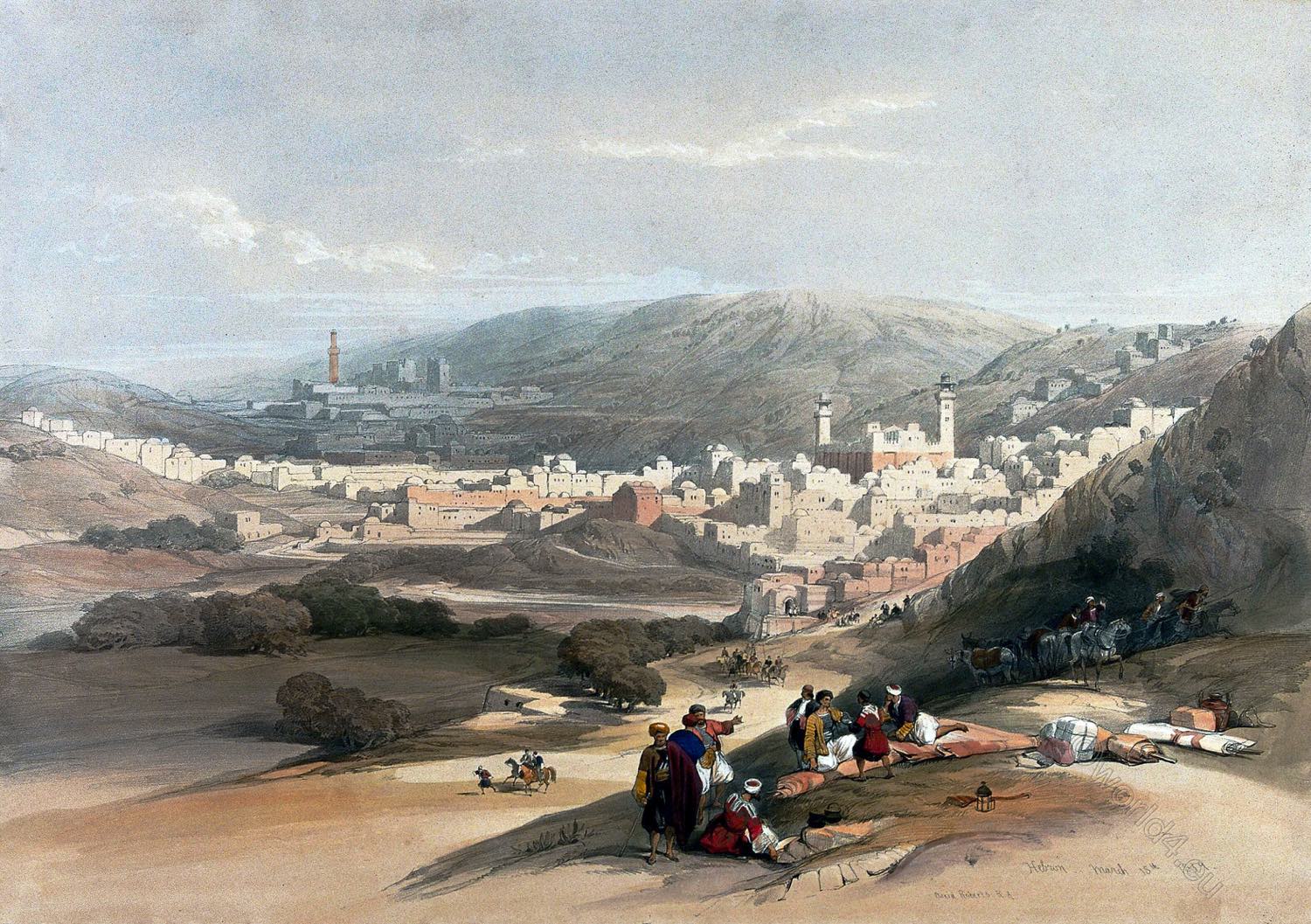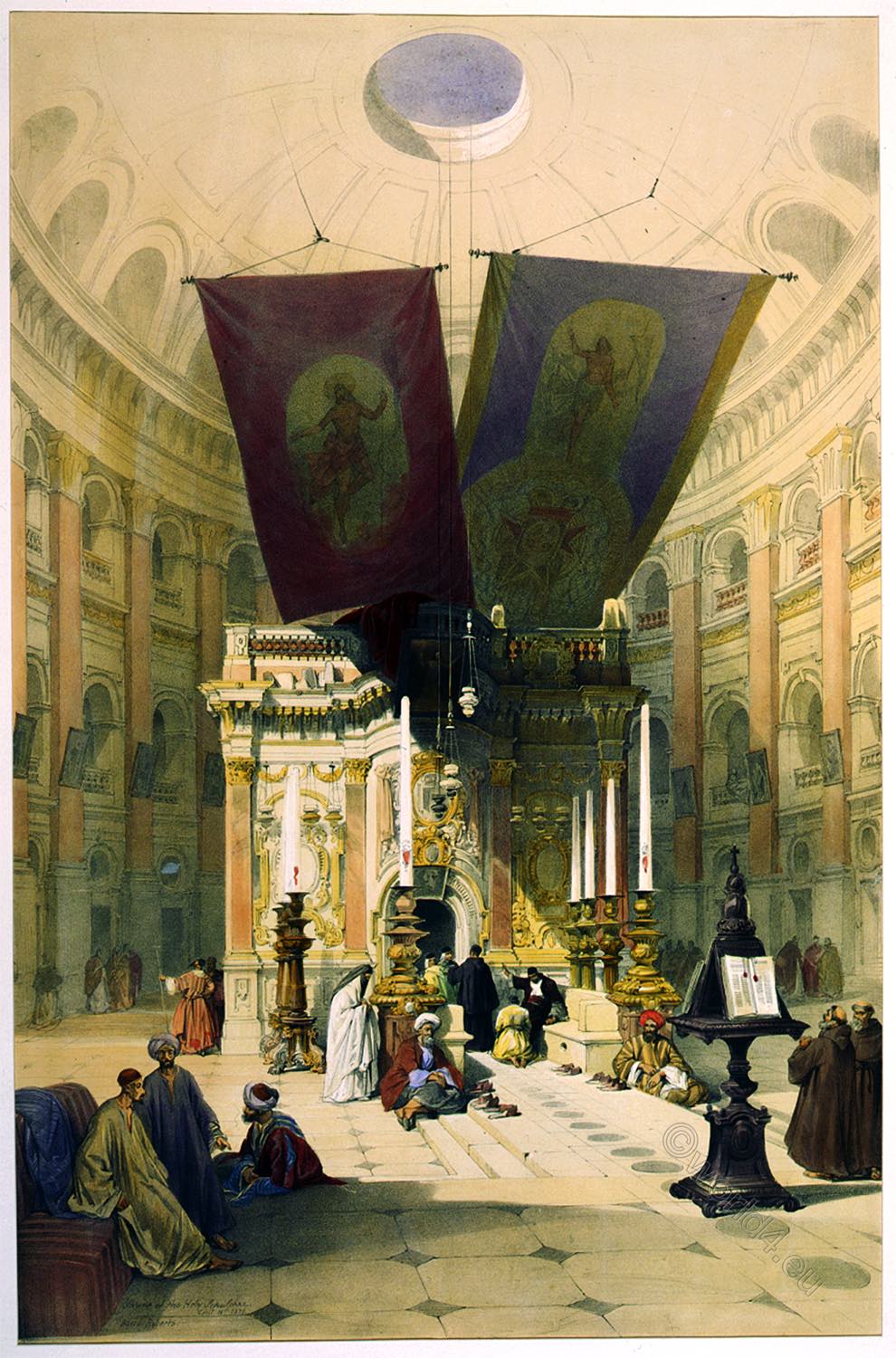Hilendar (also spelled Chilandar) on Mount Athos, the “Holy Mountain.”
This is the last Foundation of Nemanja. The mountain of Athos is well known throughout the entire Orthodox world as the centre of a great monastic republic.
In 1196 Nemanja left the throne to his younger son Stephen, and retired to Mount Athos, where his youngest son Sava had lived some years before as a simple monk. They found in a beautiful olive wood the ruins of a small chapel, and Nemanja, who now had the monastic name of Simon, decided to build a new church on the site of these ruins. Such was the beginning of the afterwards famous religious and theological centre—outside of Serbia.
During a period of 200 years the Kings of Serbia without distinction added to the buildings and endowments of this ancient foundation of their fathers with devotion and delight. “The most liberal of all the royal benefactors was King Milutin, the great grandson of Nemanja. He built the new church of Hilendar, providing it with immense property and treasures.
The Monastery of Hilendar is often mentioned in Serbian song as the pride of their religious and natural institutions. Sometimes it is called Vilindar (i.e., gift of the fairies) on account of its beauty.
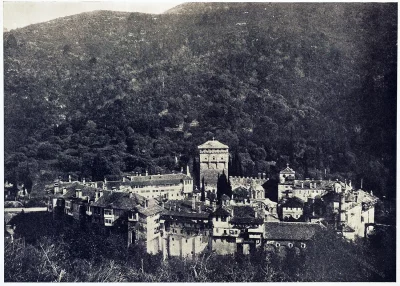

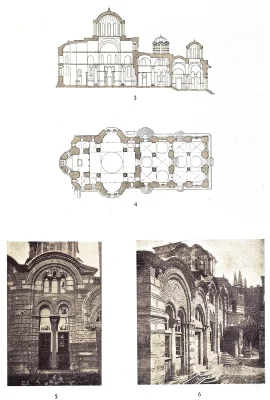
Plate X.—1. Nemanja’s Foundation, Hilendar. Seen from the olive wood.
Plate XI.—2. Church of Hilendar. View from the Court Yard.
Plate XII.—3. Longitudinal Section of the Church of Hilendar.
- Ground Plan of the Church.
- Nave Window, Hilendar.
- S.W. part of the Nave.
The monastery has the appearance of a small town and fortress, the buildings, coming from different periods, were conceived as integral parts of the defensive walls, with the exception of the catholicon. Only two defense towers were used exclusively for defense, but even these, each with a chapel, are committed to the spiritual character of the complex.
Hilandar’s icons represent one of the most important medieval icon collections ever. Thus, one of the three preserved Athonite mosaic icons, originally in the possession of Stefan Nemanja, also belongs to the collection, as do several outstanding Marian and Christ icons of the 13th-14th centuries.
The monastery corresponds in its overall layout to the typical Athonite large monasteries and is composed of more than 20 buildings. They form with the closed architecture the impression of a small city. The complex also includes three defensive towers, so-called pyrgoi, which form a defensive backdrop in the enclosure of the catholicon formed by residential, commercial and devotional rooms.
The Pyrgos of St. Sava dates back to the oldest construction phase of the monastery around the 12th century and reaches a height of 35 meters with five floors. A fortified passageway leads to the monastery courtyard. In the monastery courtyard, besides the catholicon, there are two fountains and the baptismal font.
Source: SOUTH SLAV MONUMENTS. SERBIAN ORTHODOX CHURCH. EDITED BY MICHAEL J. PUPIN. LONDON: JOHN MURRAY, ALBEMARLE STREET, W. 1918.
[wpucv_list id=”136536″ title=”Classic grid with thumbs 3″]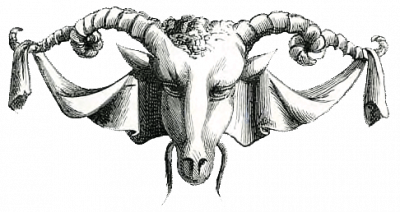
Discover more from World4 Costume Culture History
Subscribe to get the latest posts sent to your email.




